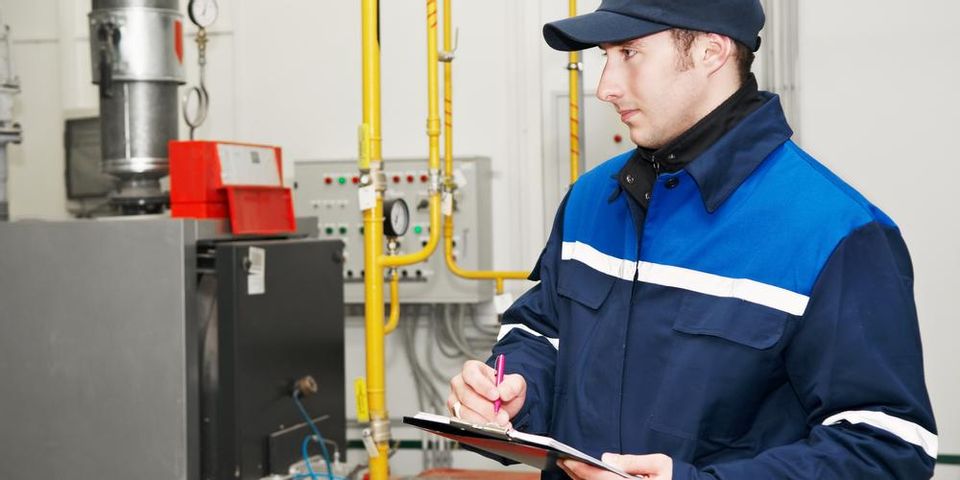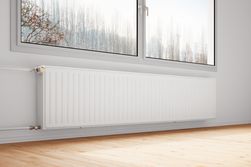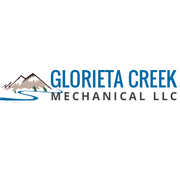FAQ: What You Need to Know About High-Altitude Heating Systems

From stunning views to crisp air, there are many benefits to high-altitude living. Having a home up high requires extra consideration when it comes to construction and design, however — including heating practicalities. Here, the knowledgeable HVAC professionals at Glorieta Creek Mechanical in Santa Fe, NM, explain which factors to consider for maintaining peak heating system performance, even above the clouds.
FAQ: Heating Homes At High Altitudes
Why Does Height Matter When It Comes To Heating?
The thinner air found at higher altitudes carries less heat, while decreased air pressure and oxygen levels further impact furnace function. To maintain efficient heating under these conditions, HVAC professionals need to ensure the correct equipment is being used and installed accordingly.
What Guidelines Can Be Used To Adapt Heating Devices At High Altitudes?
 To determine the appropriate heating device and settings, HVAC experts can consult two sources: the Original Equipment Manufacturer stats regarding make, model, and required accessories, as well as the Air Conditioning Contractors of America’s Manual S®. The OEM determines a specific system’s capacity, while Manuel S gives correction factors to address diverse ranges in air temperature. With these resources, HVAC pros can determine a heating system’s input and output capacity above sea level.
To determine the appropriate heating device and settings, HVAC experts can consult two sources: the Original Equipment Manufacturer stats regarding make, model, and required accessories, as well as the Air Conditioning Contractors of America’s Manual S®. The OEM determines a specific system’s capacity, while Manuel S gives correction factors to address diverse ranges in air temperature. With these resources, HVAC pros can determine a heating system’s input and output capacity above sea level.
How Can A Heating System’s Input & Output Capacity Be Calculated At High Altitudes?
Consider a home located 5,000 feet above sea level, with a heating load of 50,000 Btu/h (British thermal units per hour). A look at the OEM shows that the furnace input capacity should be derated 4% for every 1,000 feet above sea level. For a furnace with an input capacity of 80,000 Btu/h at sea level, the input capacity can be calculated as: 80,000 – [80,000 x (4% x 5,000 / 1,000)] = 64,000. Determine the output by multiplying the adjusted input by the furnace’s sea-level steady-state efficiency (found in Manuel S). In this example, the furnace has a steady-state efficiency of 80%, so the output Btu/h is calculated at 80% x 64,000 = 51,200. This meets the home’s heat load of 50,000 Btu/h.
If you have a high-altitude home, trust a professional Glorieta Creek Mechanical to help when choosing, installing, and maintaining your heating system. Since 2006, this family-owned business has been providing residential and commercial clients in Santa Fe, NM, with top-quality furnace repair and installation. Visit their website or call (505) 757-8872 to schedule an appointment.
About the Business
Have a question? Ask the experts!
Send your question

